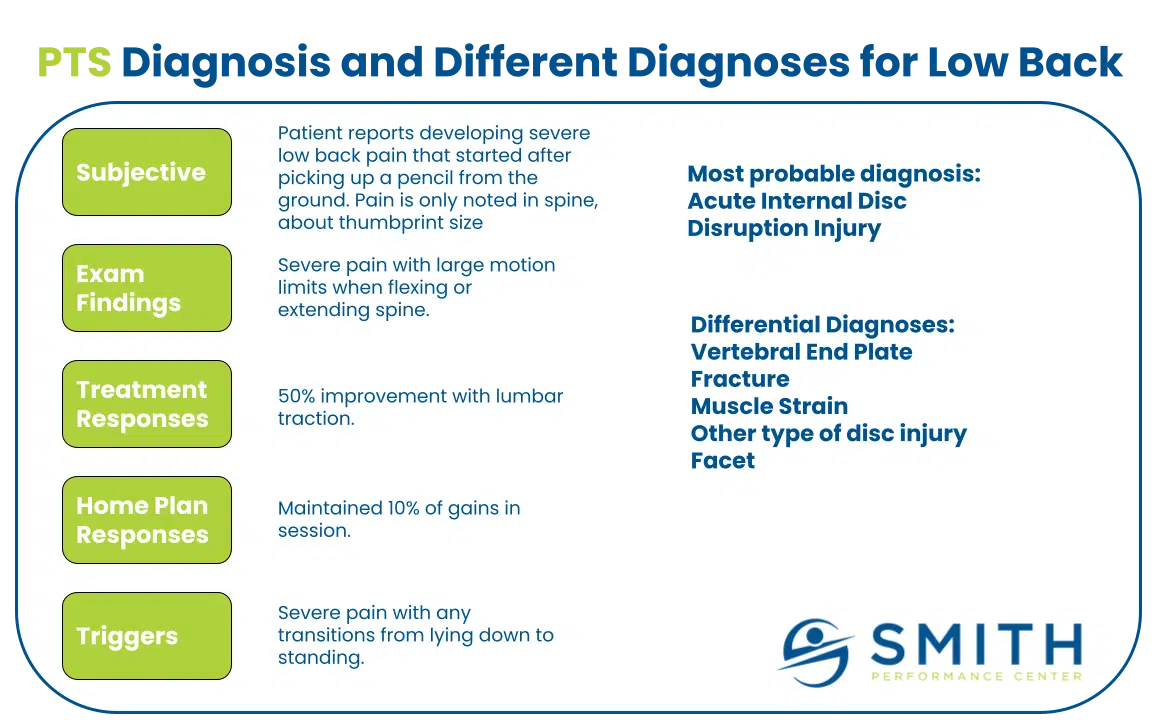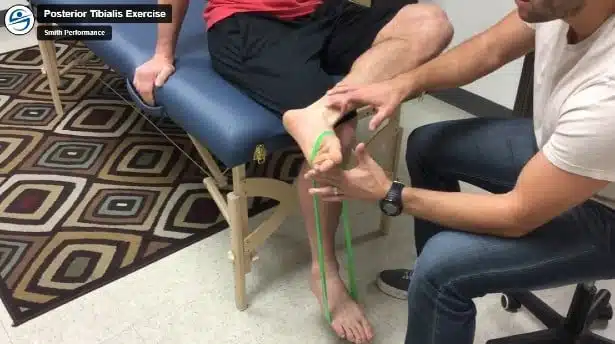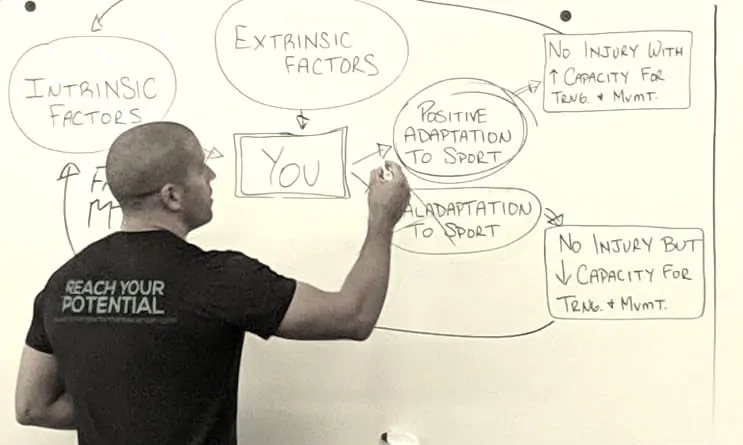
7 Signs Your Heel Pain Is Not Coming From Your Plantar Fascia
Seven Signs the Flexor Digitorum Brevis is causing your heel pain NOT the Plantar Fascia You wake up, swing your legs to the edge of the bed, and…hesitate. You know this is going to hurt. The good foot moves to the ground first – you learned from that mistake over a month ago. You brace and put down the other foot, the ungrateful one that will not get better despite the trip to the podiatrist, the injection, physical therapy, the shoe inserts, the ice bottle massage, and the stretching exercises. The foot touches down. It’s not so bad, you think ‘those stretches and night socks are helping!’ Then you step and the sharp pain feels as if the tissue from the back of the heel is ripping apart. You think to yourself, this plantar fasciitis won’t go away, as you force your leg forward and take the next step and the next








